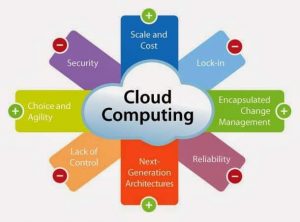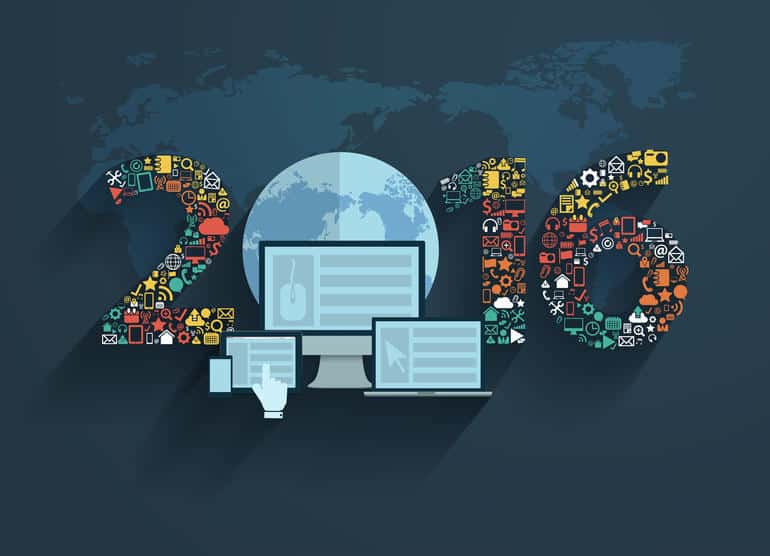Small Business Technology Trends for 2014
John M. Haddad
Many of the technologies that have been used by large companies over the years are making their way into small and mid-sized businesses (SMBs). Here are just a couple of the technology trends that SMBs should pay attention to in 2014.
Cloud Computing
 Cloud Computing helps businesses get applications up and running quickly with little or not capital investment. The trade off is that these services are highly dependent on the internet for running the apps. Many businesses don’t want the hassle and expense of purchasing and upgrading hardware and all the peripheral expenses associated with securing, upgrading and replacing the hardware. They also don’t want the hassle of upgrading the software and backing up all the data off-site regularly.
Cloud Computing helps businesses get applications up and running quickly with little or not capital investment. The trade off is that these services are highly dependent on the internet for running the apps. Many businesses don’t want the hassle and expense of purchasing and upgrading hardware and all the peripheral expenses associated with securing, upgrading and replacing the hardware. They also don’t want the hassle of upgrading the software and backing up all the data off-site regularly.
That’s where Cloud Computing brings huge advantages. A recent survey by j2 Global , a provider of business cloud and digital media services, focused on the priorities and wish lists of small and medium-sized businesses for 2014. The survey found that almost 88 percent of respondents say they plan to, or wish they could retire one or more legacy business technologies. And nearly 60 percent of survey respondents expect to save money by using cloud services in 2014.
Here’s a quick look at cloud services ready to serve small business.
Online office suites: Office is likely one of the last locally installed programs on your PC. But as businesses upgrade from Office 2010 (now three years old) to Microsoft Office 365 , they’ll find the cloud-based versions of the applications have the same look, feel and features of their desktop counterparts, with the bonus of access from any PC with Internet Explorer and convenient online SkyDrive storage. Google Apps for Business will bring you a similar suite of products and services as Microsoft Office 365 and allow collaboration among employees, subcontractors and clients, with seamless integration to all your mobile tablets and smartphones.
IT services in the cloud: Thanks to Salesforce.com and the other software-as-a-service pioneers, small business owners have grown comfortable with individual applications being cloud-based. But what about the back-end stuff, like your mail server, data backup and even phone PBX?
On the phone front, Voxox can replace your aging, expensive PBX with a cloud-hosted “” phone system that delivers a range of convenient features such as “local” phone numbers that allow you to have phone numbers in various area codes (a draw for customers who prefer to use local businesses), vanity numbers, departmental extensions, call forwarding, call recording, conferencing and more.
Data storage and backup is essential in any business, and typically requires a server. Exablox offers its OneBlox architecture that combines an on-premises appliance with cloud-based management (called OneSystem) that eliminates the need for dedicated servers to manage your storage. OneBlox can be installed and available to users in less than five minutes with zero configuration, according to the company.
Even disaster recovery has moved to the cloud , with several vendors offering Disaster Recovery as a Service (DRaaS). This lets companies replicate not only data backups, but their entire virtual environments, and store them at a cloud-based, offsite location. If disaster strikes, replicated data can be restored and infrastructures run in the cloud as virtual machines.
Service provider Unitrends sees DRaaS improving in several ways in 2014, including faster recovery times and the pairing of an on-premises backup appliance with a cloud-based disaster recovery solution to allow customers to rapidly recover onsite or from the cloud as the need dictates.
Alternatives to the traditional Desktop PCs
 Granted, desktop PCs will be with us for quite some time. But it will become harder and harder to justify purchasing a desktop for you or your employees unless they require a workstation-class PC for CAD, high-end video production, and the like. Several trends conspire to make the desktop PC obsolete—with the obsolescence of the traditional laptop not too far behind.
Granted, desktop PCs will be with us for quite some time. But it will become harder and harder to justify purchasing a desktop for you or your employees unless they require a workstation-class PC for CAD, high-end video production, and the like. Several trends conspire to make the desktop PC obsolete—with the obsolescence of the traditional laptop not too far behind.
Fast mobile processors: Increases in speed from the Intel and AMD mobile CPUs and graphic chipsets mean that the vast majority of employees don’t need a desktop processor to get their work done. So the number of business owners opting for a clunky desktop over a mobile laptop for their employees will continue to shrink.
Laptops that convert to tablets: The growing number of “convertible” computers—with swivel-and-fold screens that turn the laptop into a tablet—make the laptop option an even more attractive choice. Examples of convertibles include the Acer Aspire R7 , Lenovo Yoga 2 Pro , and HP EliteBook Revolve . As prices for these premium models start to drop in 2014, the case for such a flexible laptop over a desktop becomes even more compelling.
Cloud-based everything: The growing power and features of today’s tablet devices, combined with the unending availability of local- and cloud-based business apps, will lead many business owners to conclude that some employees don’t need a PC at all, in any form. Since no actual computing is going on locally, you don’t need the computer; all you might need is a tablet or ChromeBook—any device with Internet access.
Internet-aware devices: Another continuing trend that promises to push PCs to the side is “the Internet of things :” smart devices that are Internet-aware and don’t need a computer to connect to the Web. Multifunction printers (MFPs) have been on the front lines here, with technologies such as Brother Web Connect , Dell Document Hub, and HP’s MFP apps and HP Connected service that enable employees to scan documents to and print documents from cloud storage services right from the printer, without having to touch a PC.
View other posts

Share this post
Recent Posts

